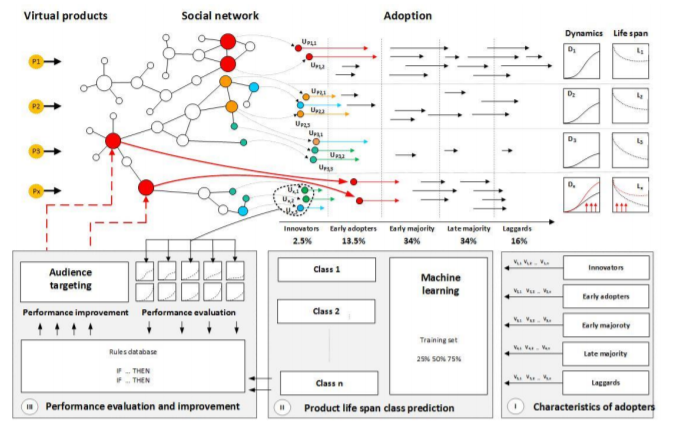From the Hands of an Early Adopter’s Avatar to Virtual Junkyards: Analysis of Virtual Goods’ Lifetime Survival
PubDate: Mar 2019
Teams: West Pomeranian University of Technology; Tampere University; University of Turku
Writers: Kamil Bortko, Patryk Pazura, Juho Hamari, Piotr Bartków, Jarosław Jankowski

Abstract
One of the major questions in the study of economics, logistics, and business forecasting is the measurement and prediction of value creation, distribution, and lifetime in the form of goods. In “real” economies, a perfect model for the circulation of goods is impossible. However, virtual realities and economies pose a new frontier for the broad study of economics, since every good and transaction can be accurately tracked. Therefore, models that predict goods’ circulation can be tested and confirmed before their introduction to “real life” and other scenarios. The present study is focused on the characteristics of early-stage adopters for virtual goods, and how they predict the lifespan of the goods. We employ machine learning and decision trees as the basis of our prediction models. Results provide evidence that the prediction of the lifespan of virtual objects is possible based just on data from early holders of those objects. Overall, communication and social activity are the main drivers for the effective propagation of virtual goods, and they are the most expected characteristics of early adopters.



